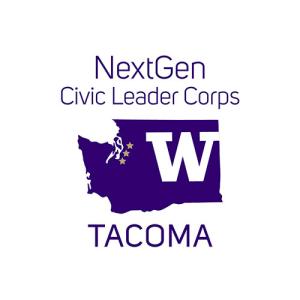Scientists building crowdsourced encyclopedia to further Puget Sound recovery
The Encyclopedia of Puget Sound, a new tool for networked science, will be curated by the Puget Sound Institute at UW Tacoma.
Representatives of the Encyclopedia of Earth and the Encyclopedia of Life will be on the University of Washington campus Wednesday, Oct. 24, for the public launch of an encyclopedia unique to Puget Sound.
Spearheaded by the UW Tacoma-based Puget Sound Institute, the Encyclopedia of Puget Sound is meant to be a synthesis of the best available information for Puget Sound recovery from experts with state and federal agencies, academic institutions, tribes and organizations. A key starting point for the project, for example, was to incorporate the latest science update from the Puget Sound Partnership, a state agency and encyclopedia partner.
Organizers of the online-only encyclopedia want to create a network of researchers and students to provide content that regional scientists will review to ensure it is current and authoritative, according to UW's Jeff Rice, managing editor.
“We call what we’re trying to do curated crowdsourcing,” he said.
Organizers will officially launch the site, which has been online in a test version since May, with a panel discussion on new tools for networked science, the key to building something like the Encyclopedia of Puget Sound, Rice said. The event, which is free and open to everyone, starts at 3:30 p.m. at the Fishery Sciences Building on the UW’s Seattle campus.
The panel discussion will be from 4 to 5 p.m., with Mary Ruckelshaus of the Natural Capital Project, Michael Pidwirny with the Encyclopedia of Earth, Tracy Barbaro with the Encyclopedia of Life and UW’s Jennifer Davison representing ScienceOnlineSeattle. The dean of the College of the Environment, Lisa Graumlich, will moderate. A reception follows.
What makes the encyclopedia different from other databases and collections, Rice said, is its focus on the waters of the Salish Sea — Puget Sound and the straits of Georgia, Haro and Juan de Fuca — as well as the surrounding watersheds. The encyclopedia, for example, offers a library of 6,000 plant and animal species that organizers anticipate will eventually include information about how each is faring in the Puget Sound region. Other places also offer species lists but they are generally broader and not specific to the Salish Sea, he said.
The encyclopedia has information from a wide variety of sources including scientific papers, official reports, maps and items by contributors. An article on the northern red-legged frog, for instance, was researched and written by a UW student volunteer and edited by Rice.
“The encyclopedia is designed by Puget Sound scientists to benefit our community by being a fun — yet authoritative — ever-expanding resource,” said Joel Baker, UW Tacoma professor with the Center for Urban Waters.
Members of a just-recruited editorial board plan to reach out to researchers in their disciplines to contribute content. In turn researchers are getting a tool they can use for such things as grant writing, to highlight their latest findings without having to create their own websites and as another way to show broader impacts from research.
The encyclopedia is one project under the Puget Sound Institute, which Baker heads, that was created in 2011 with a $4 million, three-year grant from the EPA. The institute brings together scientists, engineers and policy makers working on the restoration and protection of Puget Sound and provides expert advice based on the best-available science, Baker said.



